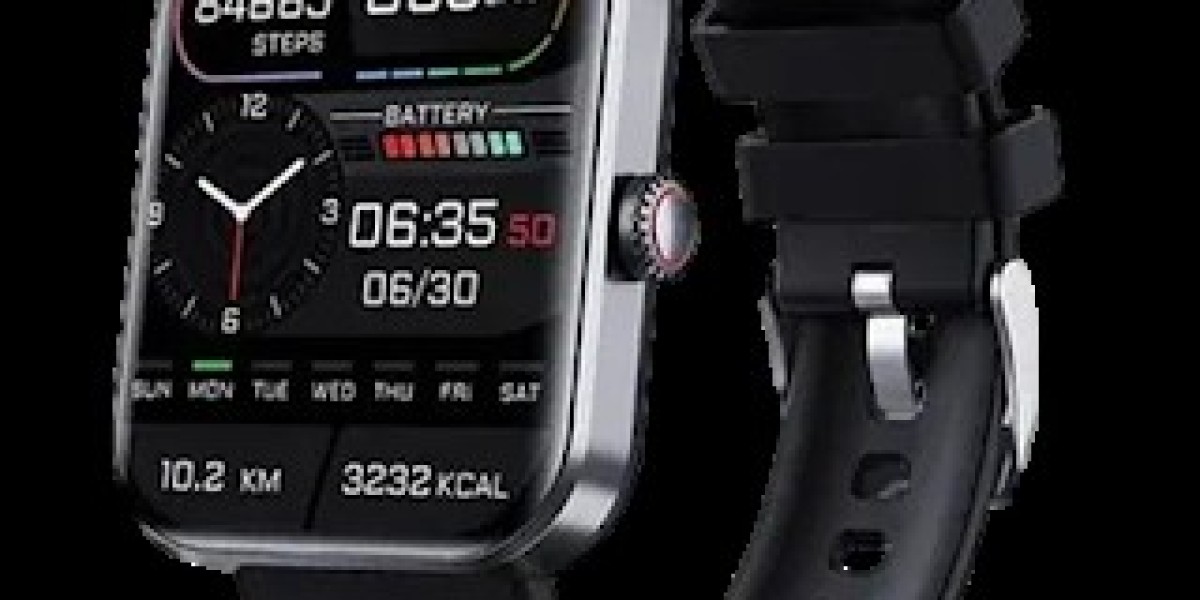The Global Live Cell Imaging Market is on a strong growth trajectory, driven by technological innovation and the rising demand for advanced tools in life sciences research. Valued at USD 2.88 billion in 2024, the market is projected to reach USD 3.13 billion in 2025 and surge to USD 4.75 billion by 2030, growing at a CAGR of 8.68%.
Advancements in high-content screening (HCS) techniques, increasing cancer prevalence, and robust funding support for life sciences research are fueling this growth. Furthermore, as personalized medicine gains traction, live cell imaging technologies are becoming integral to real-time monitoring and functional genomic analysis.
Market Dynamics
Growth Drivers
- Technological Advancements: AI-powered imaging systems and modular microscopes are improving precision and efficiency.
- High-Content Screening (HCS) Adoption: Essential in drug discovery, HCS enables quantitative, automated analysis of live cells.
- Rising Cancer Cases: Increased research in oncology drives demand for advanced imaging platforms.
- Research Funding & Grants: Governments and institutions are investing heavily in cell biology and drug development studies.
Challenges
- Data Management Complexities: Large volumes of imaging data require advanced storage and analysis tools.
- Maintaining Cell Viability: Sustaining live cells under imaging conditions remains a technical challenge.
Segment Insights
By Offering
- Products (Instruments & Consumables): The largest segment in 2024, fueled by demand for microscopes, cameras, cell analyzers, and consumables such as reagents and dyes.
- Software & Services: Gaining traction as labs increasingly rely on image analysis, workflow automation, and support services.
By Technology
- High-Content Screening (HCS) is the fastest-growing segment, combining automated imaging with data analysis for drug discovery and genomics.
- Other key technologies include time-lapse microscopy, FRET, and FRAP, each supporting specialized applications in cell biology research.
By Geography
- Asia Pacific is projected to witness the highest CAGR, supported by:
- Growing investments in healthcare infrastructure.
- Strong government backing for life science research.
- Expanding pharmaceutical and biotechnology industries in India, China, and Japan.
- North America and Europe remain established hubs, but APAC presents untapped opportunities for global players.
Competitive Landscape
The live cell imaging market is moderately consolidated, with leading players innovating through AI integration, modular imaging systems, and partnerships.
Key Players:
- Danaher (US) – Through Molecular Devices and Leica Microsystems, offers advanced imaging platforms. Notable launches include ImageXpress HCS.ai and Aivia 14 (AI-powered 3D analysis).
- Agilent Technologies (US) – Provides real-time monitoring tools like Cytation 1 and xCELLigence RTCA. In 2025, it awarded its Research Catalyst Award to Columbia University to support immunotherapy breakthroughs.
- ZEISS Group (Germany) – Known for advanced microscopy systems (Apotome 3, LSM 9 series, Elyra 7). Its collaborations and educational workshops enhance adoption worldwide.
- Sartorius AG (Germany) – Strengthened its portfolio via the acquisition of Essen Bioscience, specializing in real-time live cell analysis.
- Other notable players: Thermo Fisher Scientific, Nikon, Evident, Bruker, BD, Merck KGaA, Bio-Rad, Tecan, Corning.
Recent Developments
- Danaher launched ImageXpress HCS.ai for AI-powered imaging and Aivia 14 for deep learning-driven cell analysis.
- Agilent funded cellular immunotherapy research at Columbia University, providing advanced imaging instruments.
- ZEISS expanded collaborations with Argolight (Israel) for improved quality control in microscopy.
- Ongoing: Key players are expanding product presence in Asia Pacific to tap into the booming life sciences ecosystem.
Future Outlook
The Live Cell Imaging Market will continue to evolve, supported by:
- AI-driven imaging and data analysis for faster, more accurate insights.
- Personalized medicine applications requiring real-time cellular data.
- Emerging markets offering significant opportunities in cancer biology, stem cell research, and drug discovery.
Conclusion: The future of live cell imaging lies at the intersection of advanced imaging technologies, artificial intelligence, and personalized medicine. As global research expands, live cell imaging will remain central to unlocking new therapies and accelerating drug discovery.



